A number of permanent collection galleries in the National Gallery of Art display an iconic collection of masterworks of American painters from the Corcoran Gallery of Art’s world-renowned 17,000-piece art collection (worth US$2 billion) of paintings, sculpture, decorative arts, prints, drawings and photographs. Acquired in late 2014, it allows for an enriched and enhanced presentation of the history of American painting.
Gallery 60-A displays the Portrait of Richard Mentor Johnson (1843, oil on canvas) of successful Philadelphia portrait painter John Neagle. In Gallery 60-B is the 1778 version of Watson and the Shark, by John Singleton Copley, that depicts the 1749 rescue of the English cabin boy Brook Watson from a shark attack in Havana, Cuba.
The second, full-size 1778 replica is now in the Museum of Fine Arts, Boston, and a third, smaller, 1782 version is in the Detroit Institute of Arts. Flanking this painting are two other John Singleton Copley oil on canvas portrait paintings – Eleazar Tyng ( 1772) and Epes Sargent (c. 1760).
Gallery 61 houses the The Corinthian Maid (1782-85) and Italian Landscape (1790), both by Joseph Wright; John Johnstone, Betty Johnstone and Miss Wedderburn (1790-95) by Sir Henry Raeburn; The Lavie Children (c. 1770) by Johann Zoffany; and Oedipus Cursing His Son Polynices (1786) by Henry Fuseli; among others.
At Gallery 62 is the Portrait of a Gentleman (c. 1760, oil on canvas) by English-born Joseph Blackburn; the Portrait of Thomas Amory II (c. 1770–1772, oil on canvas) by John Singleton Copley; Benjamin and Eleanor Ridgely Laming (1788) by Charles Willson Peale; Lady With a Harp (1818) by Elizabeth Ridgely; and the monumental history painting The House of Representatives (1822, oil on canvas) by Samuel Finley Breese Morse (a portraitist of some renown and the inventor of the telegraph) among others.
Gallery 64 houses poet-painter Thomas Cole’s The Departure and The Return, oil on canvases commissioned, as a pair, by wealthy landowner William Peterson Rensselaer. Both were painted in 1837.
Other Thomas Cole paintings on display include Sunset in the Catskills (1826) and A View to the Mountain Pass Called Notch of the White Mountains (1839).
Also on display are Autumn – On the Hudson River (1860, oil on canvas) and The Spirit of War (1851, oil on canvas), both by Jasper Francis Cropsey; Lake Lucerne (1858, oil on canvas) by Albert Bierstadt and The Stranded Ship (1884, oil on canvas) by Asher Brown Durand.
At Gallery 65 is A Pastoral Visit (1881, oil on canvas), a genre scene, by Richard Norris Brooke, depicting African-American life in the 1870 s and 1880s; Waiting for the Stage (1851, oil on canvas) painted by Baltimore native Richard Caton Woodville in Paris; Leisure and Labor (1858, oil on canvas), commissioned by William T. Walters (founder of the Walters Art Museum in Baltimore) and painted by Maryland artist Frank Blackwell Mayer; The Tough Story – Scene in a Country Tavern (1837, oil on wood) by William Sidney Mount (America’s most celebrated painter of genre scenes); Cottage Scenery (1845), a work that blends genre and landscape by George Caleb Bingham; and the intriguing and unusual trompe-l’oeil still life Poor Artist’s Cupboard (c.1815, oil on wood) by Charles Bird King.
Check out “Walters Art Museum”
Also on display are The Return of Rip Van Winkle (1849) by John Quidor; Take Your Choice (1885, oil on canvas) by John Frederick Peto; The Old Violin (1886. oil on canvas) by William Michael Harnett; and The Jolly Flatboatmen (1846) and Cottage Scenery (1845), both by George Caleb Bingham.
Gallery 66 is home to Augustus Saint-Gauden‘s plaster version of the The Shaw 54th Regiment Memorial, a bas-relief sculpture group 15 ft. high, 18 ft. wide and 3 ft. deep which is a monument to the Union Army’s first African American regiment that fought in the Civil War.
The original 1897 memorial stands in bronze on the edge of Boston Common. The exhibit, opened last September 21, 1997, includes plaster sketches and related studies.
Check out “Boston Commons”
Hanging nearby and sharing this connection to the Civil War are two Corcoran Collection paintings – George Peter Alexander Healy‘s portrait of Abraham Lincoln (1860), the first portrait for which the President posed following his election, and William MacLeod’s Maryland Heights: Siege of Harpers Ferry.
Gallery 67 displays the magnificent Niagara (1857, oil on canvas) and the tropical view Tamaca Palms (1854, oil on canvas), both by Frederic Edwin Church; the idyllic Buffalo Trail: The Impending Storm (1869, oil on canvas) the final great Western landscape of Albert Bierstadt.
Also on display are Natural Arch at Capri (1871, oil on canvas) by William Stanley Haseltine; Second Beach, Newport (1878-80, oil on canvas) by Worthington Whittredge; Beach at Beverly (1869-72, oil on canvas) by John Frederick Kensett; and Ruins of the Parthenon (1880, oil on canvas) by Sanford Robinson Gifford.
Gallery 68 is devoted to the NGA’s significant Winslow Homer collection, a dozen important works by Homer spanning five decades of his prolific and varied career are on view – the late coastal scene A Light on the Sea (1897, oil on canvas), Sparrow Hall (1881-82, oil on canvas) and Breezing Up (A Fair Wind) (1873-76, oil on canvas).
The atmospheric river scene Battersea Reach (c. 1863), of James McNeill Whistler, hangs nearby. Also on display is The Brown Family (1869, oil on paper on canvas) by Eastman Johnson and The Biglin Brothers Racing (1872, oil on canvas) by Thomas Eakins.
Gallery 69 displays the evocative Singing a Pathetic Song (1881, oil on canvas), an evocative depiction of the home musicale, of Philadelphia native Thomas Eakins; and Symphony in White, No. 1 The White Girl’ (1861-62) by James Abbott McNeill Whistler.
Also on display are the regal likeness of Margaret Stuyvesant Rutherfurd White (Mrs. Henry White) (1883, oil on canvas), Eleonora O’Donnell Iselin (Mrs. Adrian Iselin) (1888, oil on canvas); and Ellen Peabody Endicott (Mrs. Corninshield Endicott) (1901, oil on canvas), all by John Singer Sargent.
At Gallery 70 is the fishing village scene En route pour la pêche (Setting Out to Fish) (1878, oil on canvas), depicting a scene in the quiet fishing village of Cancale, and the vibrant mountain view Simplon Pass (1911), and Valdemosa, Majorca: Thistles and Herbage on a Hillside (1908), all by John Singer Sargent.
Also on display are Poppies, Isles of Shoals (1891, oil on canvas) and Allies Day, May 1917 (1917, oil on canvas), both by Childe Hassam; the quiet and charming still life Flowers on a Window Ledge (c. 1861, oil on canvas) by John La Farge; and the luminous Mount Monadnock (1911/1914, oil on canvas) by Boston-born and New Hampshire-raised Abbott Handerson Thayer.
Gallery 71 houses impressionist landscapes with American subjects – Flying Shadows (1883) by Kenyon Cox; The Mill in Winter (1921) by Edward Willis Redfield; May Night (1906) by Willard Leroy Metcalf. Josephine and Mercie (1908) by Edmund James Tarbell; Penelope (1905) by Gari Melcher; and April Landscape (1910) and South Room – Green Street (1920), both by Daniel Garber.
All feature women subjects (often relatives of the artist) in domestic interiors engaged in activities including reading, sewing, writing, and embroidery. Intimate paintings such as The House Maid (1910) by William McGregor Paxton, and Young Woman in a Kimono (c.1901) by Alfred Henry Maurer; also contain elegant still lifes of personal and decorative objects. Two additional portraits – My Daughter (1912) by Frank Weston Benson, and Sita and Sarita (c. 1921), by Cecilia Beaux, complete the room.
National Gallery of Art – West Building: Constitution Ave. NW, Washington, D.C.. Tel: +1 202-842-6511. Website: www.nga.gov. Admission is free.

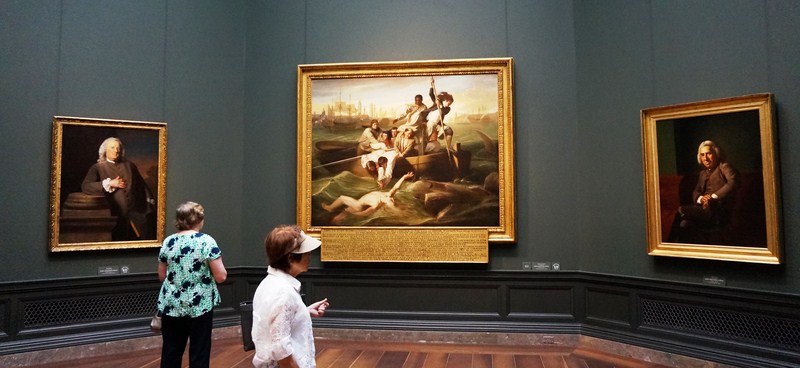
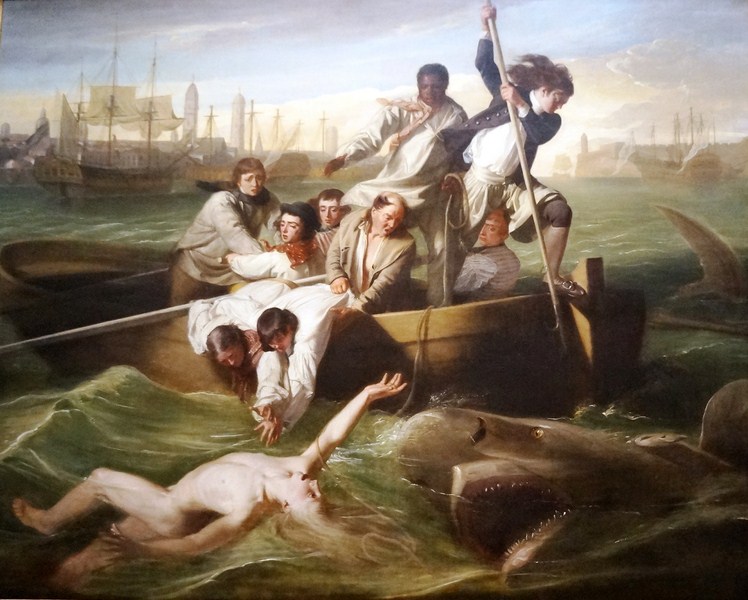

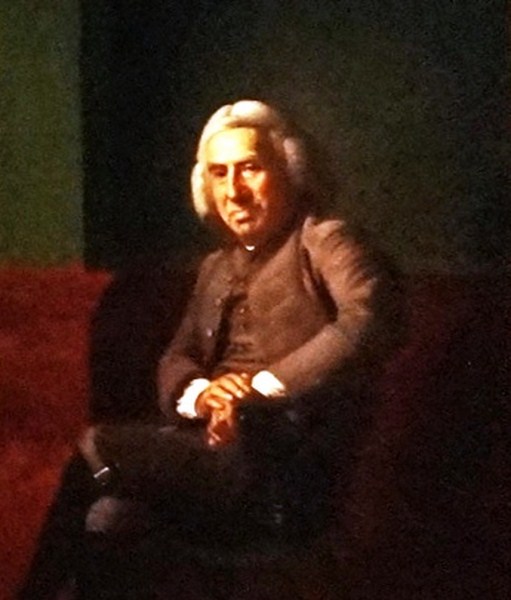
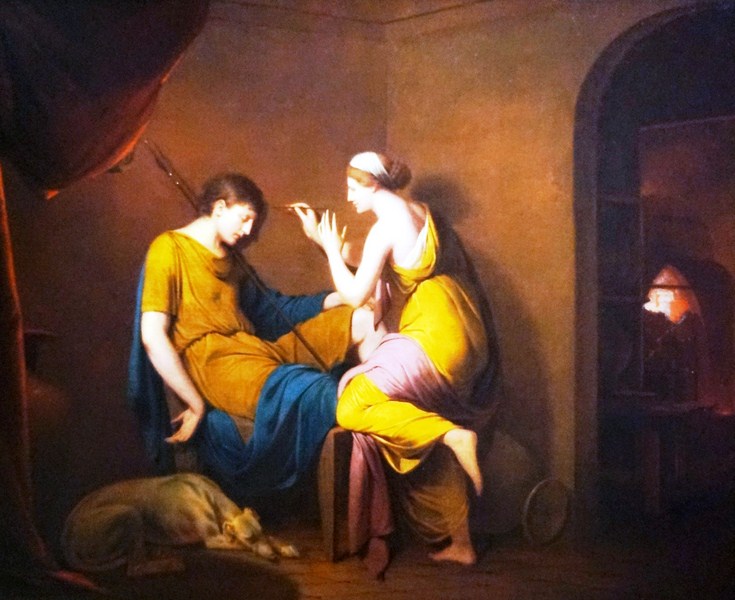
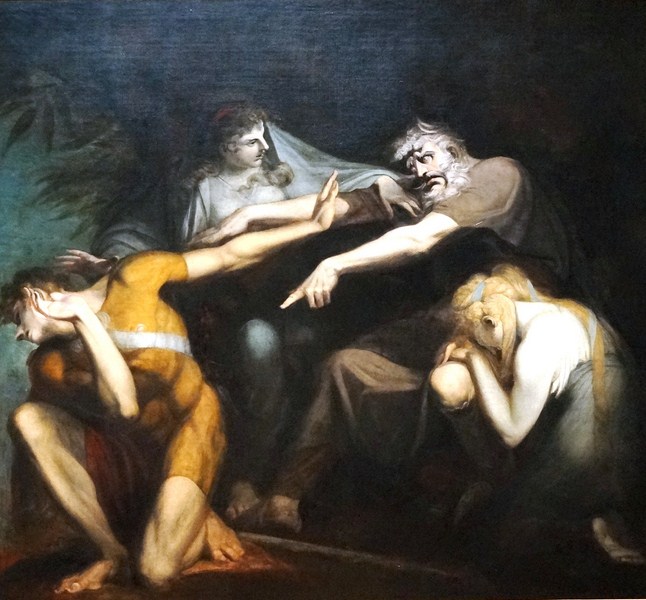
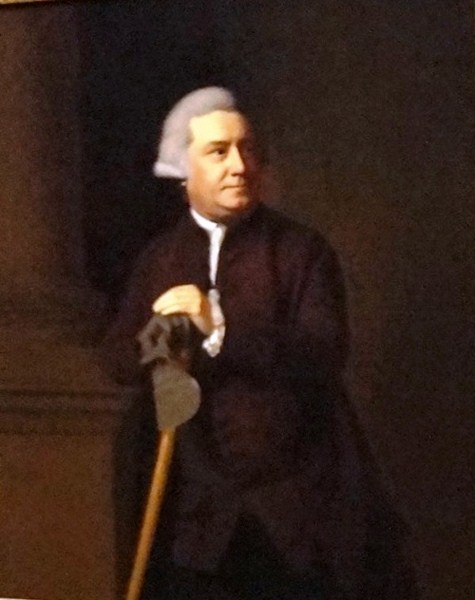
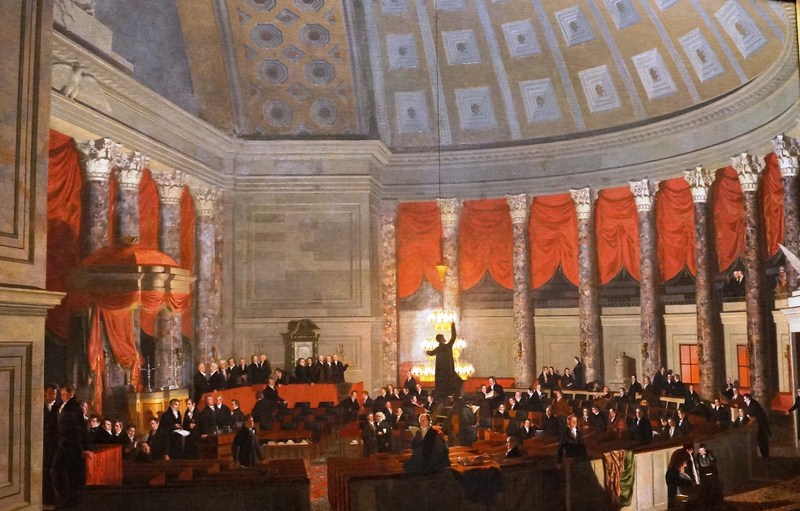
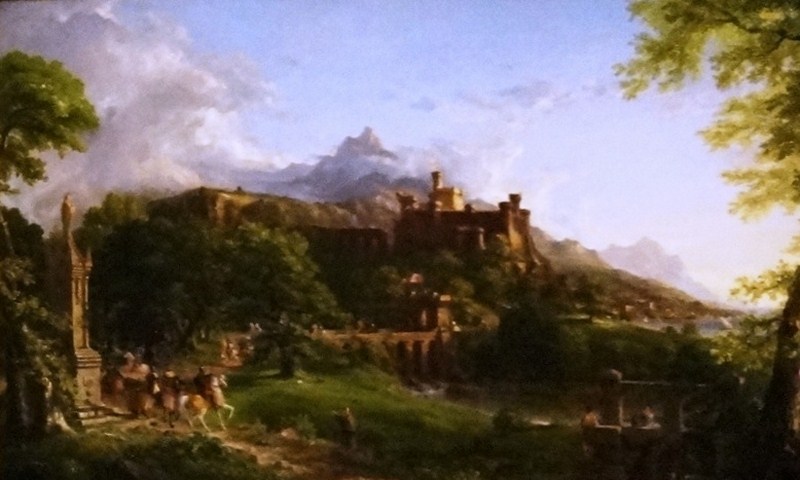
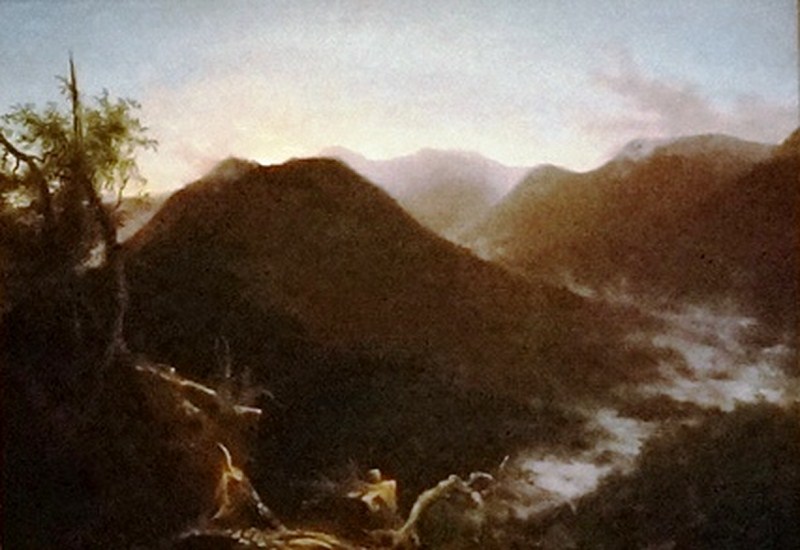
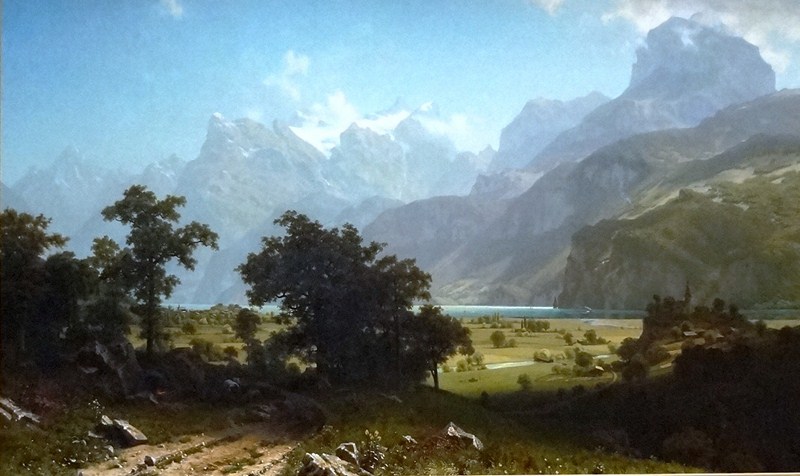
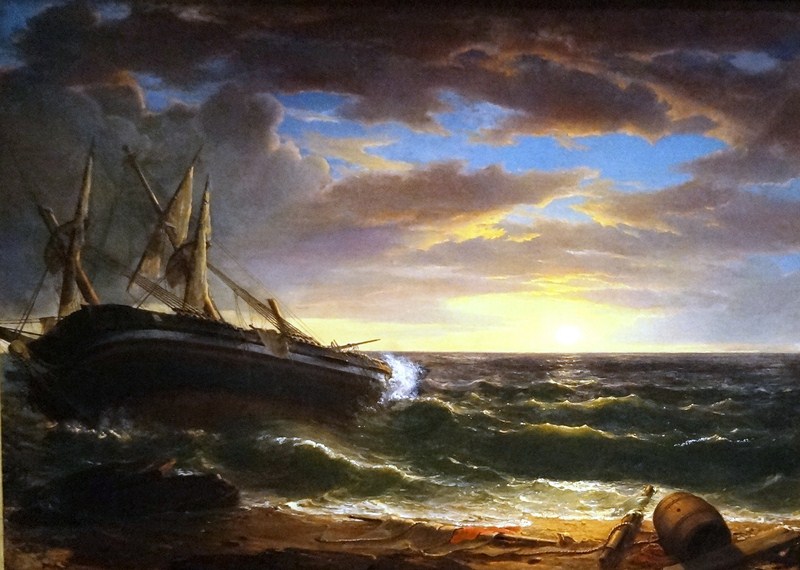
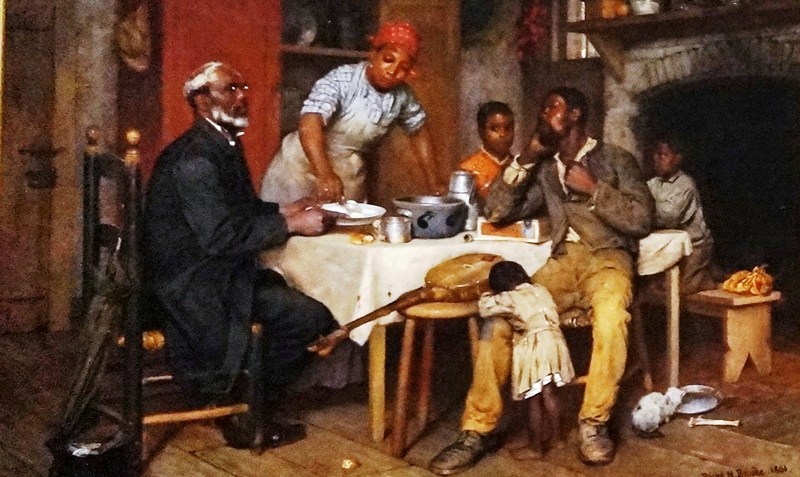
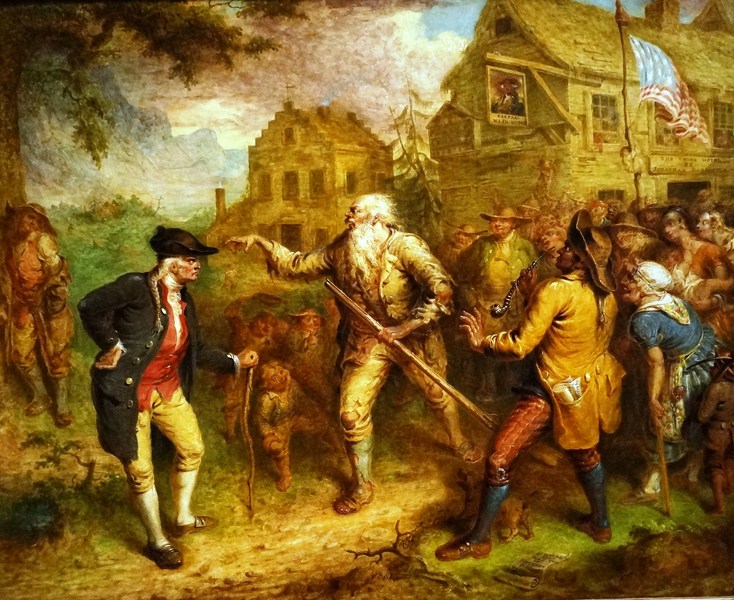
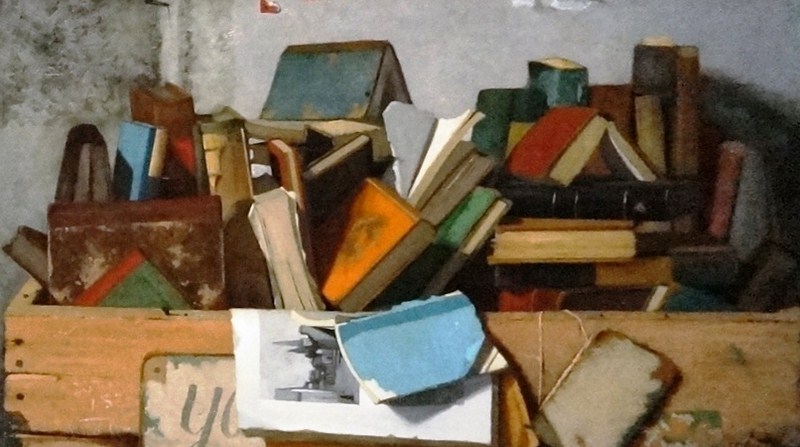
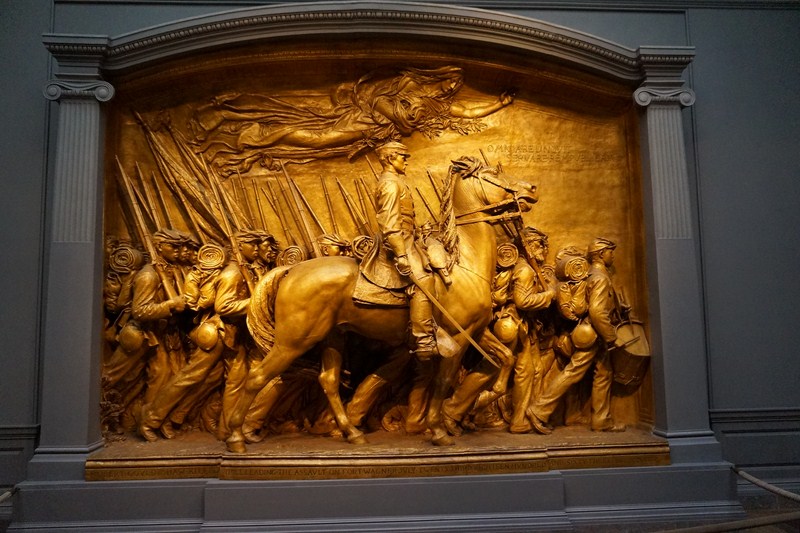
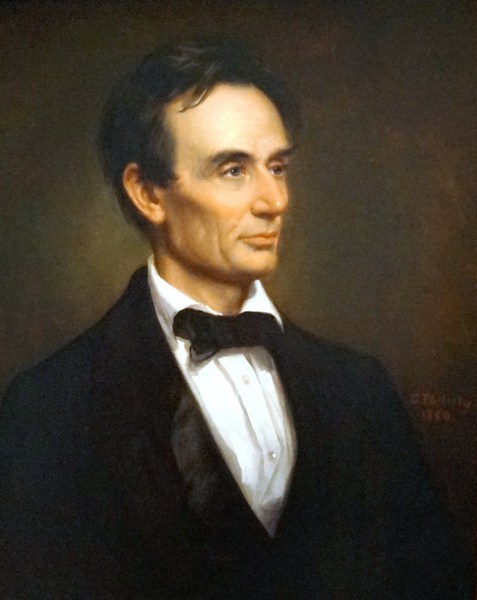
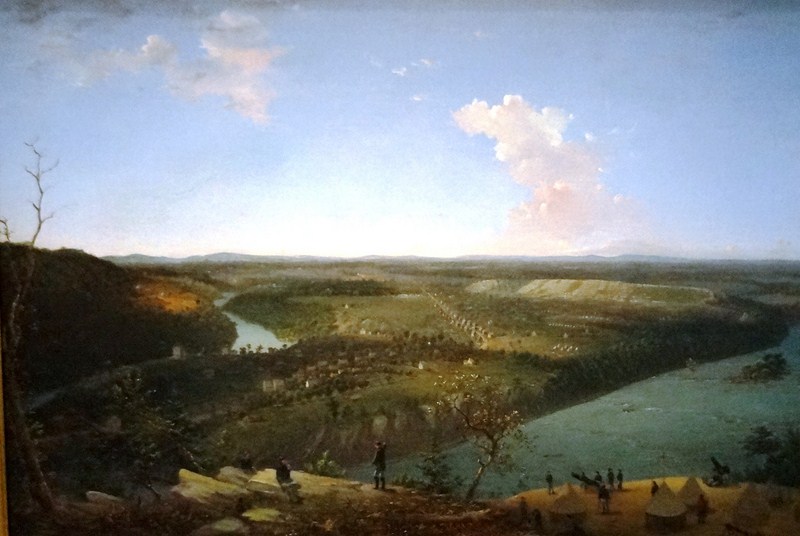
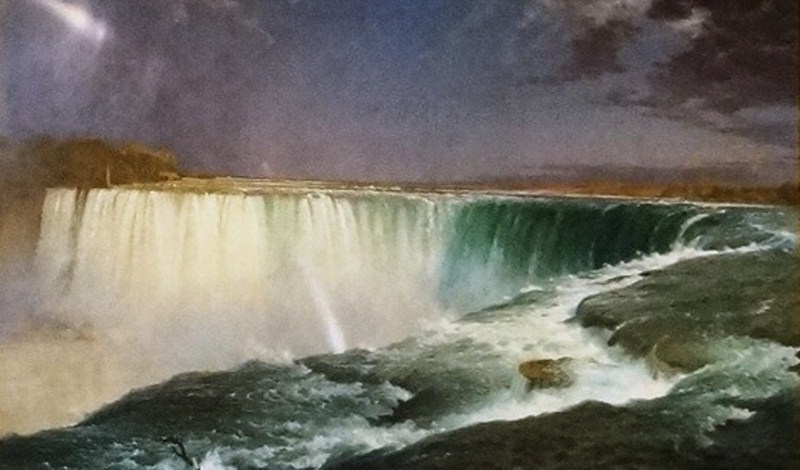
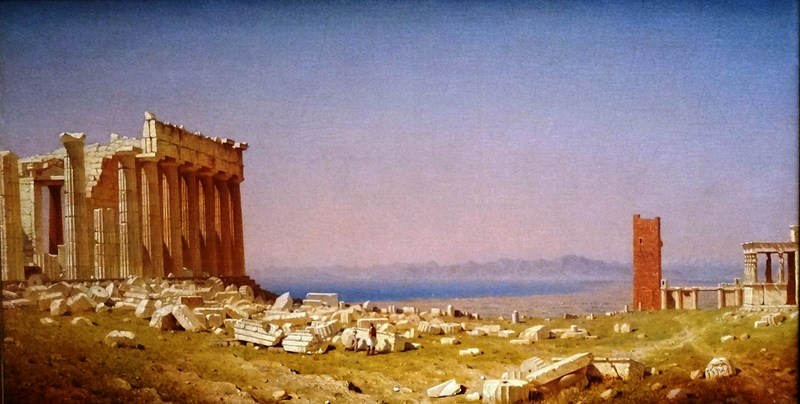
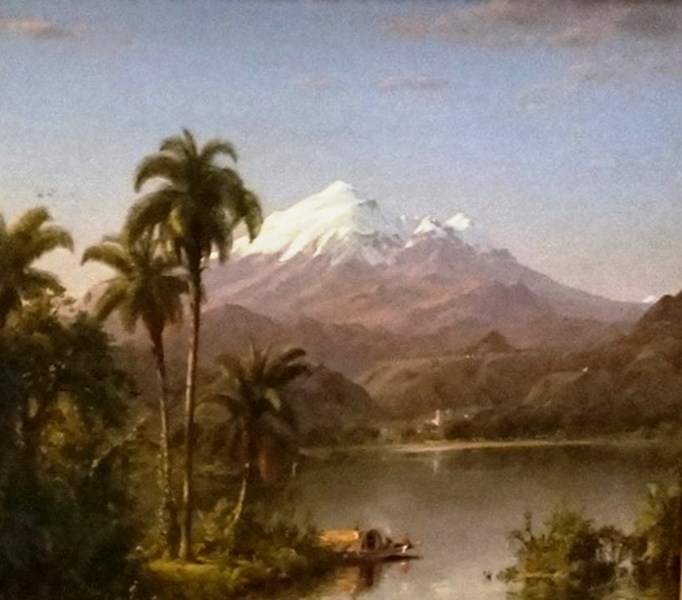
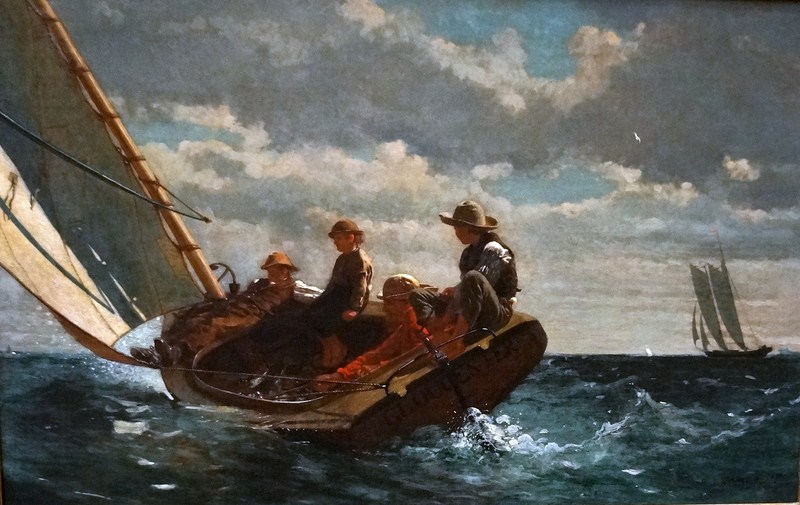
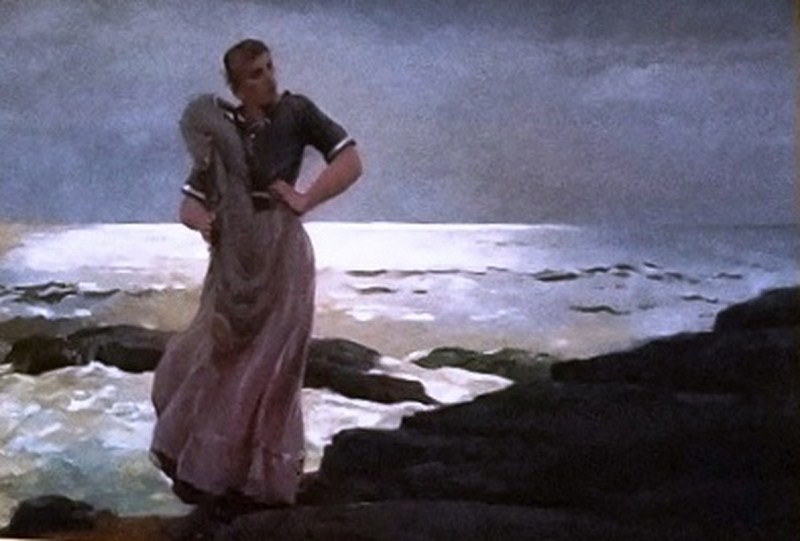
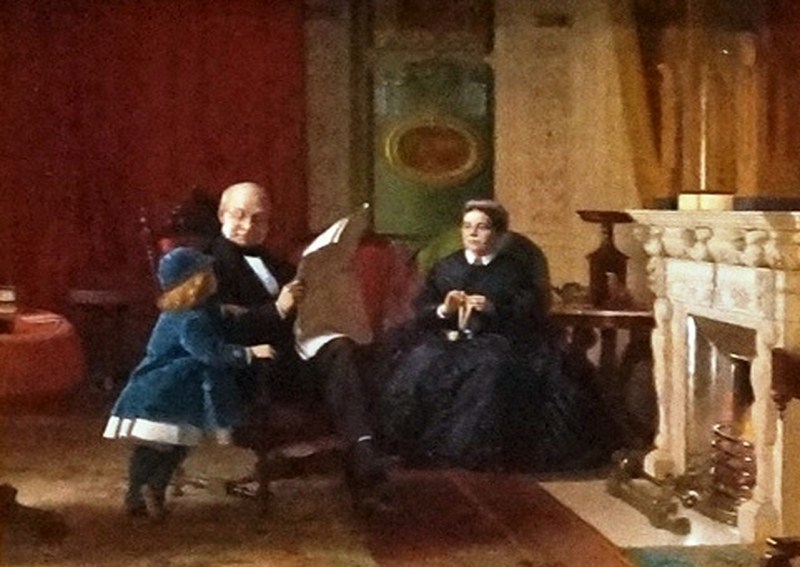
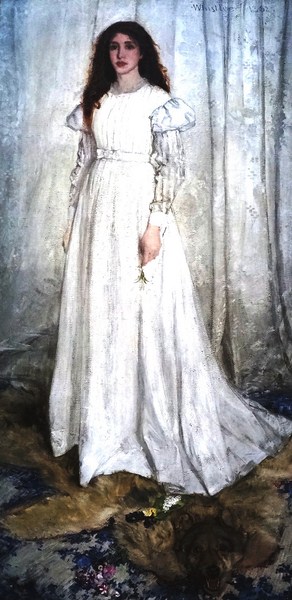
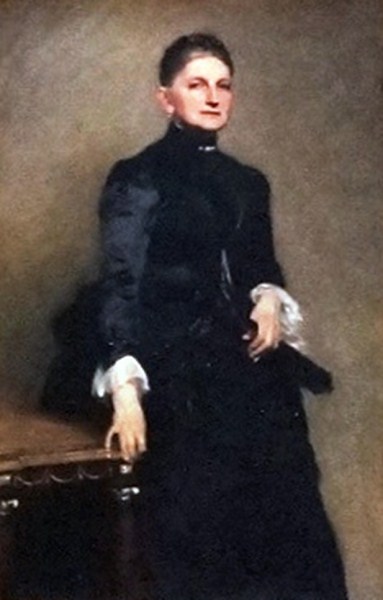
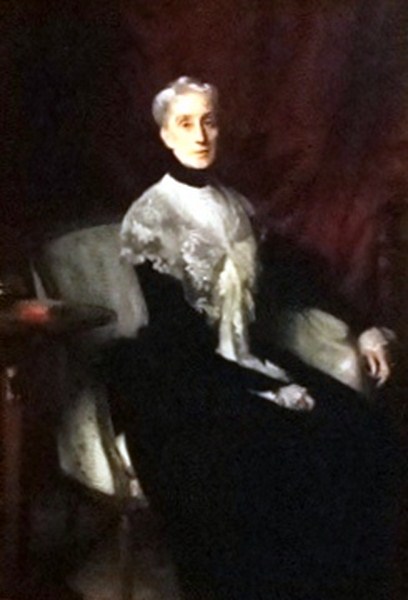
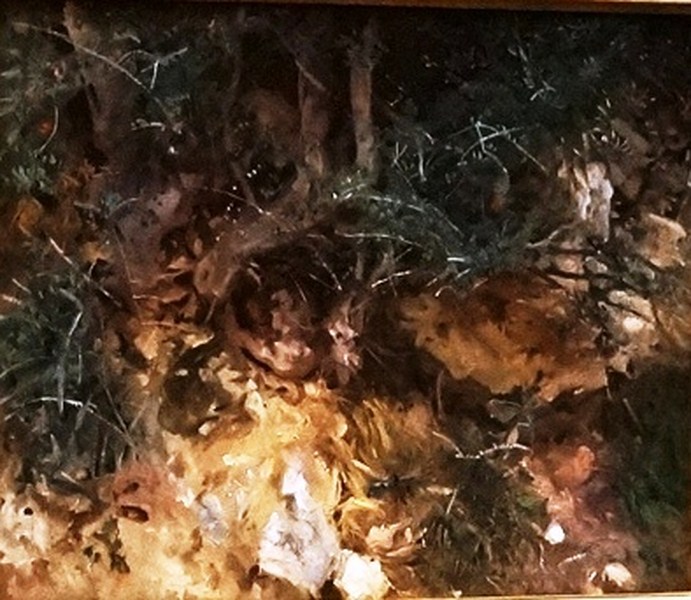
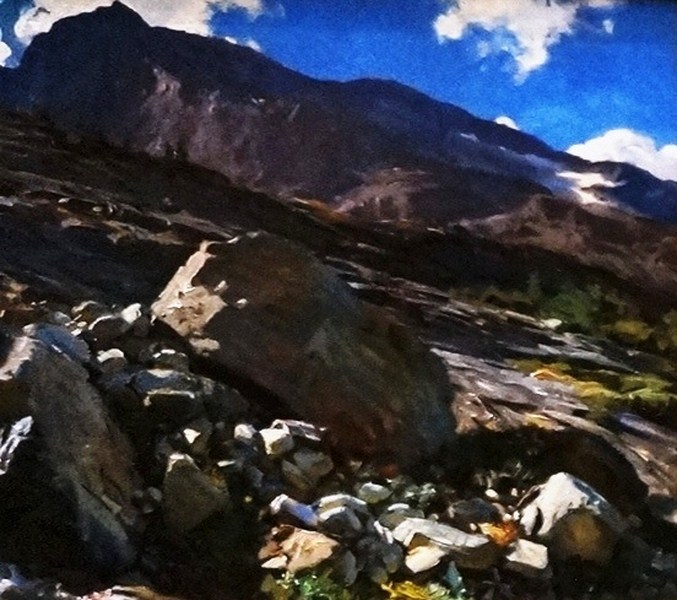
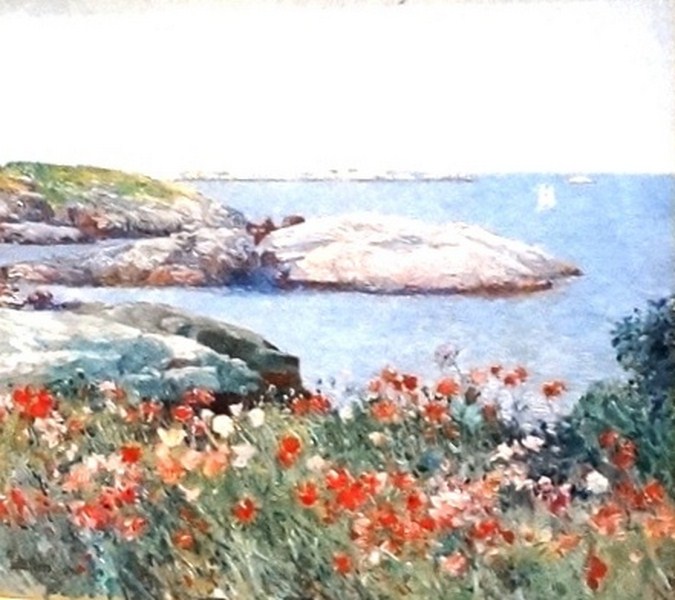
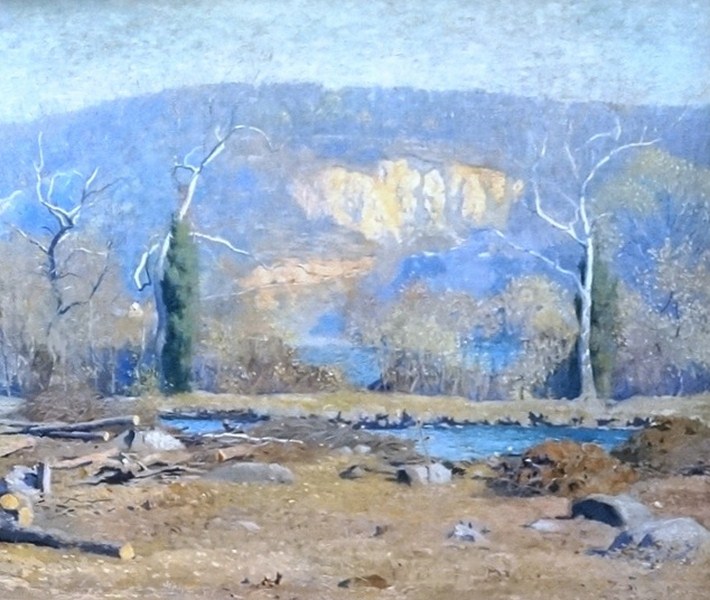


Dear benjielayug.com webmaster, Good job!
Hi benjielayug.com administrator, Thanks for sharing your thoughts!